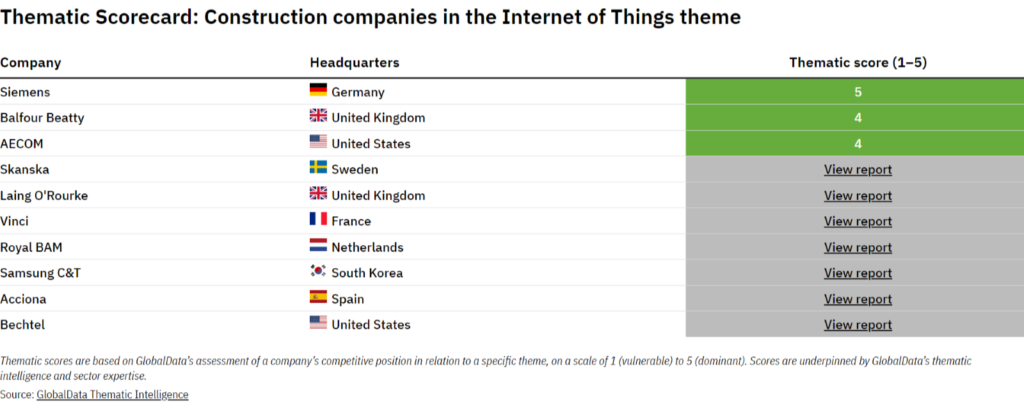
The industry in which we work is extraordinary. We are paid by others to create environments that will touch those who use or encounter them in a positive way. To do this, we must have a good understanding of a wide range of apparently unconnected subjects, including science, psychology, sociology, art, maths, history, economics and the environment. We are polymaths by nature, and yet we seem to make it very hard for ourselves.
We all know the 80/20 rule; the idea that 80% of the result can be gained by expending 20% of the effort, while the remaining 20% that raises our work above the banal requires a further 80% of effort. Considering this aspiration to excellence, we do not make things easy. No matter how a contract is framed, it always seems to be adversarial, with fundamental problems of understanding. In 1651, Thomas Hobbes wrote in his Leviathan: ‘The condition of man… is a condition of war against everyone else.’ It is clear that some still act according to this credo.
Recently, there has been much talk of collaboration and collaborative contracts. Yet, even in this situation, working with each other can be a very trying experience. Collaboration may be the current mantra, but in many cases it is just cant and hyperbole. Paying lip service to the idea of collaboration will not change our industry. If we are to truly move forward into the future with a world-class industry, we must change fundamentally.
I am reminded of the Japanese parable of the young boy who wished to become a samurai. He went to the local dojo and after many fruitless attempts persuaded the master to grant him an opportunity to become his student. Day after day he swept the dojo, and his master regularly hit him on the head with a bamboo sword when passing.
After six months of this, disillusioned by his lack of progress, he crept up behind the master and took a swipe at him with the broom. Though apparently not looking, the master caught the broom casually in his hand and said: ‘Lesson one; avoid conflict whenever you can.’
See Also:
There is no shortage of data showing that true collaboration has several benefits, not just in the lack of stress to the team but in the metrics applied to the end results. For example, Table 1 compares cost and time predictability and overall client satisfaction against generic Key Performance Indicators (KPIs). In all cases, there is an improvement when the team works together to meet clients’ aspirations. The absolute improvement figures represent the difference between the percentages achieved, but the relative improvement is an absolute measure of how much better the performance is against the basket average. We can see from this that collaborative working also has the advantage of encouraging repeat business. Communication and collaboration must represent the way forward. Understanding must be from the top down and the bottom up – in other words, through leadership and education.
How well do you really know your competitors?
Access the most comprehensive Company Profiles on the market, powered by GlobalData. Save hours of research. Gain competitive edge.

Thank you!
Your download email will arrive shortly
Not ready to buy yet? Download a free sample
We are confident about the unique quality of our Company Profiles. However, we want you to make the most beneficial decision for your business, so we offer a free sample that you can download by submitting the below form
By GlobalDataUNDERSTANDING COLLABORATION
The concept of collaboration is much misunderstood. When Be, a UK pan-industry interest group, asked a series of industry leaders from across the supply chain to define the term, many claimed to understand the principles of collaborative working, but far fewer said that they had a formal process for collaboration. When asked how much work was envisaged in the coming year as a result of collaboration the results were again very mixed. The differences across the sectors are particularly interesting. For instance, although 50% of suppliers said they did not understand collaboration, they all had the requisite processes in place, and while the majority of project managers understood it, relatively few were in a position to use it.
There is a general perception that value peaks with the developer, as this is where the biggest profits are made. However, looking longer term, you can extrapolate from this where the true value lies: with the end user. The Royal Academy of Engineering has showed that if the value of construction is 1, then the cost in use of the building over its lifetime is 5, the cost of the people within it is about 200 and the intellectual capital made on behalf of the company operating or using it can be as much as 2500 times the original investment.
A Gensler report, These Four Walls: The Real British Office, based on research among senior and middle managers in the legal, financial services and media sectors, shows that improved workplaces would increase employee productivity by 19% – equivalent to a £135bn annual increase in the UK’s service-sector output. Perhaps the most shocking statistic of all is that 58% of those surveyed believed their office had not been designed to support their company’s business objectives or their own job function.
Bearing in mind that good design can make buildings work better and more efficiently, improve staff retention, and thereby improve margins and profitability, it makes sense for designers to be able to do their job properly. This means not only realistic fee levels but also close contact with the users and facilities managers during the early stage of determining the brief. In other words, the traditional method of designing from the front end alone is unsustainable.
It has been suggested that the value drivers are in fact the other way round. However, this still presupposes a linear relationship. This cannot be the case. Collaboration and communication implies a circular or holistic approach, where we all understand each other’s drivers, motives, needs and aspirations. In contemplating these, it is obvious that we need to understand what we are, what we do and how we do it. Without a proper understanding of the various roles within the construction industry, and thus the direction of the industry itself, how can we ensure that the communication between us is appropriate, targeted and useful?
LEADING THE WAY
Miscommunication just leads to conflict and legal wrangling. Used properly, a contract becomes a record of intent, and lawyers become monitors and keepers of the tribal lore. However, we should accept that shifting risk onto others by means of a contract is basically cowardice, particularly when we may be the ones who have been trained to deal with that particular risk. If we are true professionals, we should make decisions, accept responsibility for those decisions and be respected for doing so. If we are wrong, it can be put right, but procrastination means time is lost, which puts pressure on others and invariably means that quality and cost suffer.
Of course there are many models for leadership and communication, as well as many educational models. In terms of leadership and management skills, it is astounding how many educational courses do not teach this as part of their basic training. Surely it is time for some basic cross-training to be built into every course? Our professional associations should push for understanding and collaboration in an effort to shift public perception through education, rather than trying to improve image through PR. Management and leadership skills should also be part of every curriculum.
Similarly, we would all benefit from avoiding conflict and learning how to collaborate and communicate. Talk to each other honestly and openly, let people know your enthusiasms – and drink a lot of beer together. In this way, perhaps we can follow the advice of Charles Kingsley in The Water Babies: ‘Do as you would be done by!’
Construction is responsible for around half our GDP, and as a profession it is generally looked upon in a relatively unfavourable light compared with law, medicine, education and many other professions. However, we have only ourselves to blame. We are responsible for our public perception, through our relationships, our collective lack of self-confidence, and the quality of the products and services we provide. It is time we changed that perception, to ensure that we are given the credit we deserve.






